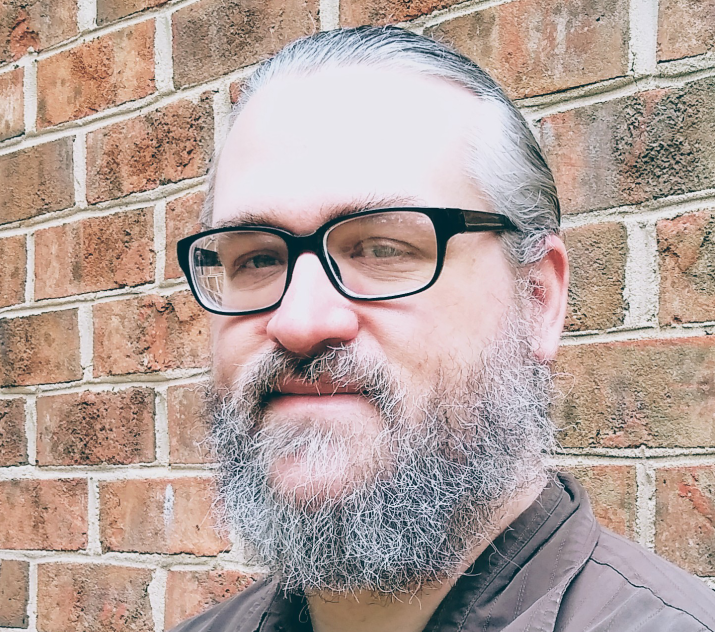Joseph E. Weaver
Abstract
Both deterministic and stochastic forces shape biofilm communities, but the balance between those forces is variable. Quantifying the balance is both desirable and challenging. For example, drift-driven drift failure, a stochastic force, can be thought of as an organism experiencing ‘bad luck’ and manipulating ‘luck’ as a factor in real world systems is difficult. We used an agent-based model to manipulate luck by controlling seed values governing random number generation. We determined which organism among identical competitors experienced the greatest drift-driven failure, gave it a deterministic growth advantage, and re-ran the simulation with the same seed. This enabled quantifying the growth advantage required to overcome drift, e.g., a 50% chance to thrive may require a 10-20% improved growth rate. Further, we found that crowding intensity affected that balance. At moderate spacings, there were wide ranges where neither drift nor selection dominated. Those ranges shrank at extreme spacings; close and loose crowding respectively favoured drift and selection. We explain how these results may partially illuminate two conundrums: the fact that a stably operating wastewater treatment plant’s microbial community can vary greatly over time and the difference between equivalent and total community size in neutral community assembly models.
In press.
Biblographic Info
(2023) Weaver, JE “Quantifying drift-selection balance using an agent-based biofilm model of identical heterotrophs under low nutrient conditions.” Royal Society Focus In Press.
